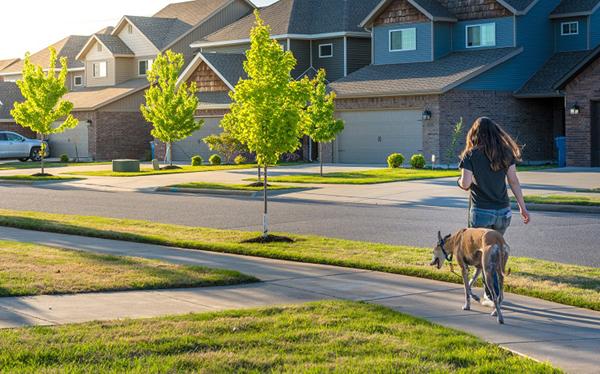- South Texas Students Meet Accordion Music Icons Los Tigres Del Norte In Edinburg Thanks To Khs America/Hohner Alianza Académica Initiative
- Fragile Planet Offers a Nighttime Wildlife Experience
- Falcons Soccer Off & Running
- Cameron County Receives Funds to Improve Two Parks
- Falcons Complete First Half of 32-6A
- School District to Help out Victims of California Wildfires
- Sand Castle Days Continued Despite Unexpected Weather
- Ready for District
- Discussion of Garbage Dumpster Rates, Agreements Between State & City on Highway Regulations, and More
- 31st Annual Shrimp Cook-Off is Right Around the Corner
Study: Where Texans Live Can Affect Life Expectancy
- Updated: October 18, 2019

A new study shows such factors as race, housing, transportation and food availability all can have profound effects on the life expectancy in a neighborhood. Photo: Soryn/Adobe Stock
by Mark Richardson
HOUSTON – Where you live in Texas can be a determining factor in how long you live, according to new research.
The map, developed by the Episcopal Health Foundation, analyzed census tracts to reveal significant differences in life expectancy in neighborhoods sometimes only a few miles apart. Brian Sasser, the foundation’s chief communications officer, said the study was designed to show there are significant factors beyond health care – such as housing, transportation, food supply and race – that contribute to a person’s life expectancy.
“Our point was to show the stark differences between neighborhood to neighborhood and life expectancy,” he said, “and many times, within the same county or in the same community, to show that there’s all those things that happen outside the doctor’s office that affect a person’s health. And it’s vividly displayed here.”
Neighborhoods with the lowest life expectancy are those where at least 27% of residents live below the poverty line, compared with just 11% in areas with the highest life expectancy. Most high life-expectancy communities were majority white, while those with the shortest lifespans were majority Latino.
Sasser said the foundation hopes the study will prompt action by state and local officials.
“We hope this is raising the eyebrows of policymakers across the state, both local and state level, to look at this,” he said. “What are the differences between these counties and these areas that have lower life expectancy and higher life expectancy? And what can we learn from those areas that may be the root cause of the problem?”
He said the map shows that high and low life-expectancy neighborhoods often are just a few blocks apart.
“Communities are so close together, so there can be a 20-year difference in life expectancy,” he said. “Take a five-minute drive – it’s a huge difference in life expectancy, 20 years, and you talk about quality of life and everything else that goes along with that. So, what can we learn from that?”
The analysis is based on life-expectancy estimates from the National Center for Health Statistics for 4,700 census tracts across Texas, using six years of mortality and population data.
